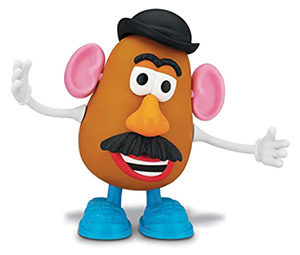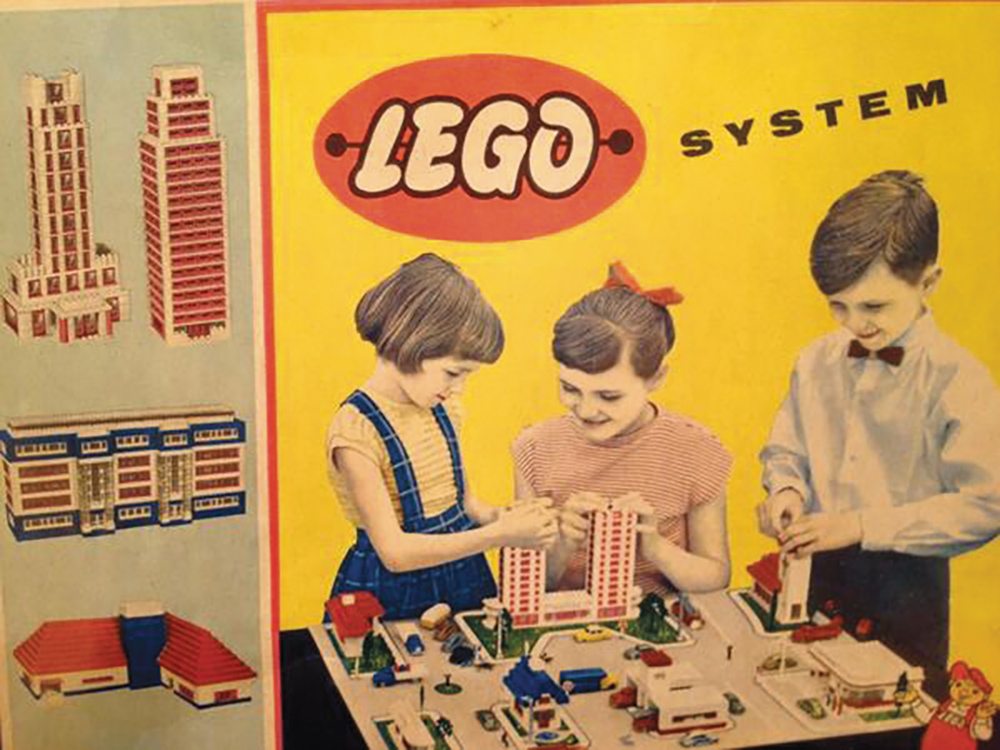The Greatest Toys of All Time
As the holiday season approaches, those of us with children in our lives are likely finding ourselves searching for the toy that will bring the biggest smile to our kids’ faces on Christmas morning. Some of us might be buying the same toys for our children that our parents bought for us decades ago. If that’s you, then the toy you’re buying is probably on this list of the best-selling children’s toys of all time.
LEGOs
 One of the most popular toys in history, LEGOs started in Denmark in 1949 and the small bricks allowed children to build their imaginations into reality. LEGO, which means “play well” in Danish, still endures today, with popular models including sets connected with the Harry Potter and Star Wars franchises. “Legoland” theme parks exist all over the world, with parks in California, Florida, and in the toy’s home country of Denmark, among other places.
One of the most popular toys in history, LEGOs started in Denmark in 1949 and the small bricks allowed children to build their imaginations into reality. LEGO, which means “play well” in Danish, still endures today, with popular models including sets connected with the Harry Potter and Star Wars franchises. “Legoland” theme parks exist all over the world, with parks in California, Florida, and in the toy’s home country of Denmark, among other places.
Fun Fact: As of 2011, LEGO had produced enough bricks so that there were 52 bricks for each person on the entire planet.
Cabbage Patch Kids
Created in the 1970s by a 21-year-old art student named Xavier Roberts, the Cabbage Patch Kids dolls are one of the most successful doll franchises of all time. The original dolls were hand-stitched, soft fabric sculptures that Roberts called “The Little People,” and which he sold – or “adopted” – at arts and crafts fairs.
The Cabbage Patch Kids were patented in 1978, and they hit the toy market in 1983. By their 30th anniversary, in 2003, more than 130 million Cabbage Patch Kids had been sold – and the number just keeps climbing.
Yo-yo
It really is impossible to tell how many yo-yos have been produced since their invention around 2,500 years ago, but anything with that kind of staying power has to be considered one of the best-selling toys in history.
On the commercial U.S. market, they’ve been around since Pedro Flores opened the Yo-yo Manufacturing Company in Santa Barbara, California, circa 1928. Donald F. Duncan knew a good thing when he saw it and purchased the business from Flores just one year later, and the “Duncan Yo-Yo” was born.
Barbie
 The Barbie doll is, unsurprisingly, the best-selling toy of all time with over a billion dolls sold since she made her debut in 1959. With more than 180 careers, 40 nationalities, and hundreds, even thousands, of exclusive fashionable outfits, the Barbie doll has been a toy icon for millions of little girls for the past 50 years.
The Barbie doll is, unsurprisingly, the best-selling toy of all time with over a billion dolls sold since she made her debut in 1959. With more than 180 careers, 40 nationalities, and hundreds, even thousands, of exclusive fashionable outfits, the Barbie doll has been a toy icon for millions of little girls for the past 50 years.
Part of the reason for this is Barbie’s adaptability. Mattel, the toy company that owns Barbie, has allowed the doll to evolve as times have changed, releasing Barbie Presidential candidates, Barbie business executives and Barbie computer engineers. Perhaps most notably, in 2016 Mattel introduced three new body types – tall, petite, and curvy – and added a variety of skin tones to better reflect the world that girls see around them.
Slinky
 The Slinky came to life on a battleship during World War II in Philadelphia’s Cramp Shipyard. A torsion spring used in a testing meter fell off a marine engineer’s desk and tumbled end over end across the floor, creating a fad that continues sixty years later. With more than 300 million Slinkys sold, the walking spring is still marching strong.
The Slinky came to life on a battleship during World War II in Philadelphia’s Cramp Shipyard. A torsion spring used in a testing meter fell off a marine engineer’s desk and tumbled end over end across the floor, creating a fad that continues sixty years later. With more than 300 million Slinkys sold, the walking spring is still marching strong.
The Easy-Bake Oven
This famous toy working oven has been beloved by children since 1963, when it was first introduced to the public. The Easy-Bake Oven has sold more than 20 million units since its debut, and has appeared in several different incarnations throughout the decades. The first model featured a tiny stovetop in addition to the oven and used a regular incandescent light bulb for heat. Later models recalled the kitchen styles of the times: the 1971 Easy-Bake Oven was an avocado green and faux wood creation. The Easy-Bake Oven of today is almost space-age in its design. It’s sleek, curvy, and now comes in two gender-neutral color schemes.
Silly Putty
The creation of this incredibly popular toy was a lucky accident for its inventor James Wright . Wright was an inventor who worked at General Electric in New Haven, Conn. and discovered that combining boric acid with silicone oil created a putty with unusual properties. It’s a “liquid solid: If it’s dropped, it bounces, but if struck with a great deal of force, it shatters. Silly Putty also floats and will even form a puddle if left alone for a long enough time. The toy was originally sold in 1950 for $1, and that’s still what an egg of the stuff will cost you today.
Mr. Potato Head
 The birth of Mr. Potato Head came in a Brooklyn garden, where an inventor used to take potatoes and add grapes for eyes, and carrots for noses to a potato. When Mr. Potato Head debuted in stores in 1952, it was the very first toy to have a commercial on television – and was the first to be directly aimed at children. The toy made $4 million in the first year and has gone on to be a best-seller for all time.
The birth of Mr. Potato Head came in a Brooklyn garden, where an inventor used to take potatoes and add grapes for eyes, and carrots for noses to a potato. When Mr. Potato Head debuted in stores in 1952, it was the very first toy to have a commercial on television – and was the first to be directly aimed at children. The toy made $4 million in the first year and has gone on to be a best-seller for all time.
Nerf Balls
Some sources claim that “NERF” is an acronym for “Non-Expanding Recreational Foam,” but that story seems too good to be true. Parker Brothers says they named the squishy balls after the foam that off-road drivers use to wrap their roll-bars, and in 1969 they proclaimed the polyurethane foam as “the world’s first indoor ball.” Since then, more than 300 million balls have been sold.






